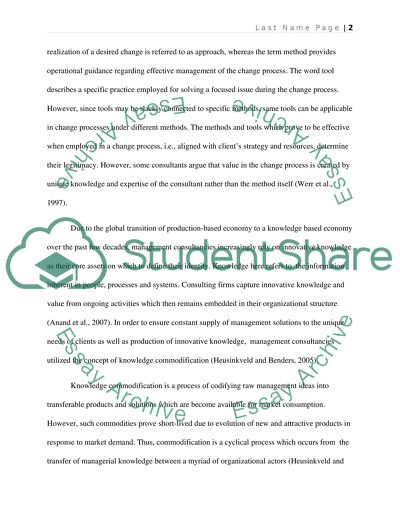Cite this document
(Performance of the Client Organizations Case Study, n.d.)
Performance of the Client Organizations Case Study. Retrieved from https://studentshare.org/human-resources/1688435-prescribed-methods-and-tools-can-be-developed-for-all-consulting-jobs-because-all-organisations-eventually-have-the-same-type-of-problems
Performance of the Client Organizations Case Study. Retrieved from https://studentshare.org/human-resources/1688435-prescribed-methods-and-tools-can-be-developed-for-all-consulting-jobs-because-all-organisations-eventually-have-the-same-type-of-problems
(Performance of the Client Organizations Case Study)
Performance of the Client Organizations Case Study. https://studentshare.org/human-resources/1688435-prescribed-methods-and-tools-can-be-developed-for-all-consulting-jobs-because-all-organisations-eventually-have-the-same-type-of-problems.
Performance of the Client Organizations Case Study. https://studentshare.org/human-resources/1688435-prescribed-methods-and-tools-can-be-developed-for-all-consulting-jobs-because-all-organisations-eventually-have-the-same-type-of-problems.
“Performance of the Client Organizations Case Study”, n.d. https://studentshare.org/human-resources/1688435-prescribed-methods-and-tools-can-be-developed-for-all-consulting-jobs-because-all-organisations-eventually-have-the-same-type-of-problems.


